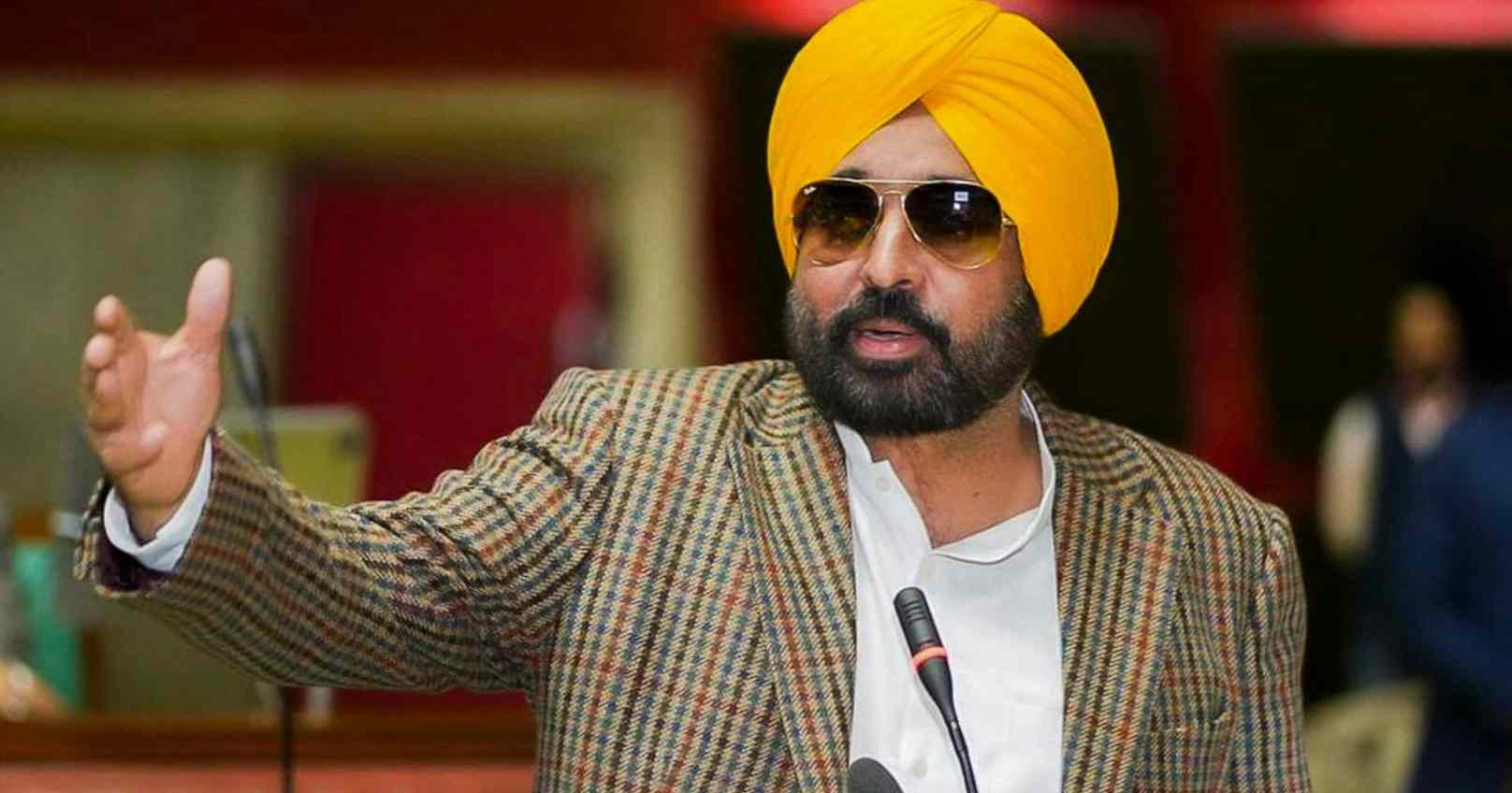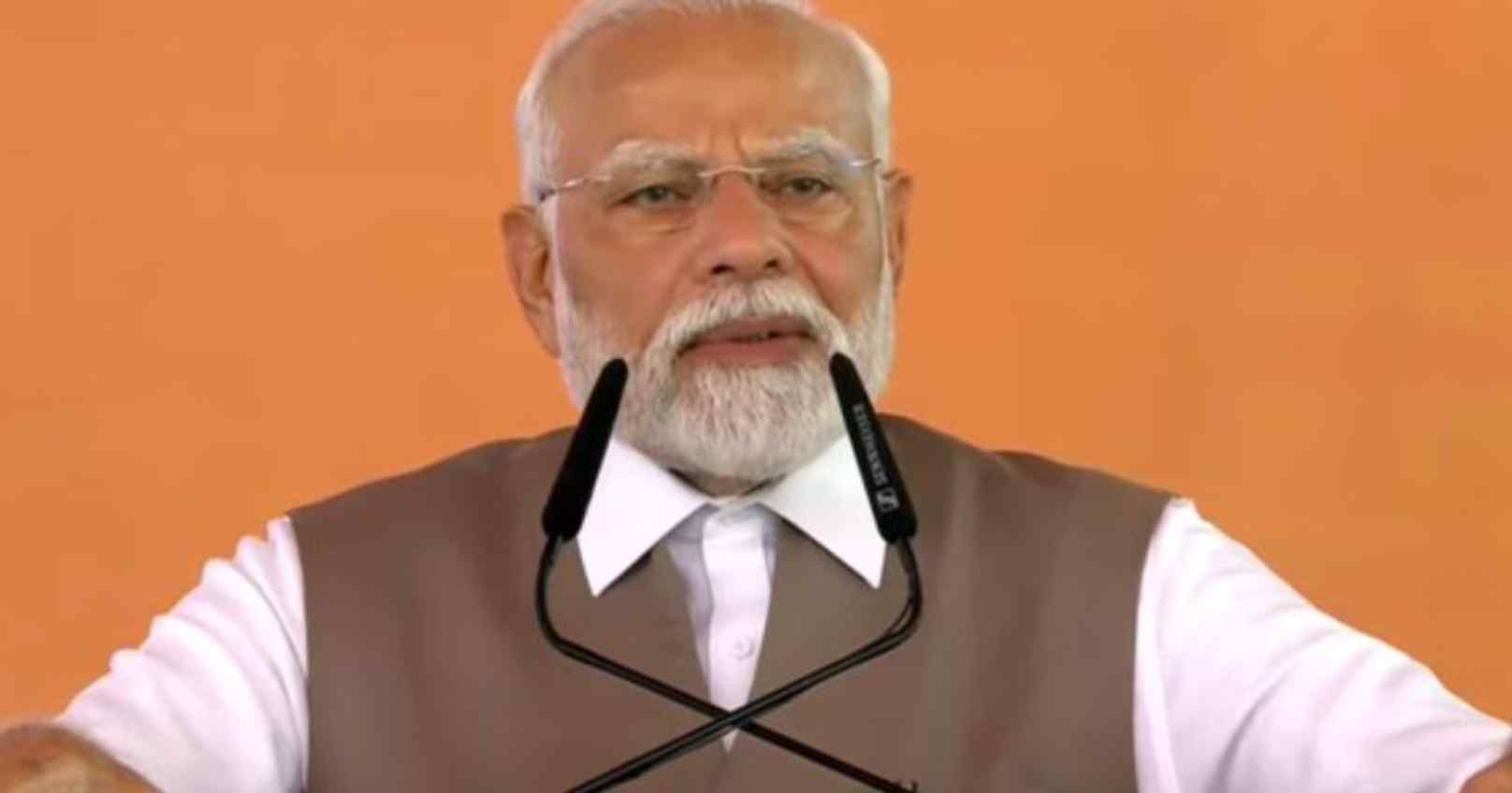Trump’s ‘Liberation Day’ Tariffs: Which Countries Will Be Hit the Hardest?
US President Donald Trump is set to impose new tariffs on April 2, targeting countries with high trade barriers against American goods
02-04-2025US President Donald Trump is preparing to introduce a fresh wave of tariffs on April 2, declaring it as “Liberation Day” for the United States. These tariffs aim to target nations that impose high levies on American goods or maintain trade policies that Washington deems unfair.
While specifics of the tariffs are yet to be disclosed, some countries are expected to be hit harder than others. The Trump administration has long argued that existing trade regulations disproportionately benefit foreign economies while putting American industries at a disadvantage. The new tariffs are being positioned as a corrective measure.
US Treasury Secretary Scott Bessent recently referred to a group of nations as the “Dirty 15,” identifying them as countries that impose steep tariffs and trade barriers against American exports.
Although Bessent did not reveal an official list, insights from the US Commerce Department’s 2024 trade deficit report suggest that these nations include:
China
European Union
Mexico
Vietnam
Ireland
Germany
Taiwan
Japan
South Korea
Canada
India
Thailand
Italy
Switzerland
Malaysia
Indonesia
These nations contribute significantly to the US trade deficit and are expected to face the strongest repercussions from the upcoming tariffs.
Moreover, the Office of the US Trade Representative (USTR) has identified 21 countries that engage in what it considers restrictive trade practices. This extended list includes:
Argentina, Australia, Brazil, Canada, China, the European Union, India, Indonesia, Japan, South Korea, Malaysia, Mexico, Russia, Saudi Arabia, South Africa, Switzerland, Taiwan, Thailand, Turkey, the United Kingdom, and Vietnam.
While the spotlight is on the “Dirty 15,” Trump’s recent statements hint that additional countries could be subjected to these trade restrictions.
The proposed tariffs are likely to vary depending on the country and industry. Previously, Trump’s administration has imposed sweeping tariffs on steel and aluminum, levies on foreign vehicles, and targeted sanctions on Chinese goods. The upcoming trade measures may include:
Additional duties on specific sectors, particularly in pharmaceuticals and semiconductors.
Higher tariffs on imported automobiles and auto parts, set to be enforced from April 4.
Increased trade restrictions on manufactured products from countries with significant trade surpluses with the US.
The new tariffs are expected to escalate ongoing global trade tensions, with several affected nations likely to respond with countermeasures.


Punjab CM Bhagwant Mann has accused the BJP of using sindoor, a sacred cultural symbol, as a politic
Read More
Prime Minister Narendra Modi credited Operation Sindoor for demonstrating India’s military strengt
Read More
India’s move to send back undocumented immigrants has drawn strong opposition from Bangladesh, esc
Read More